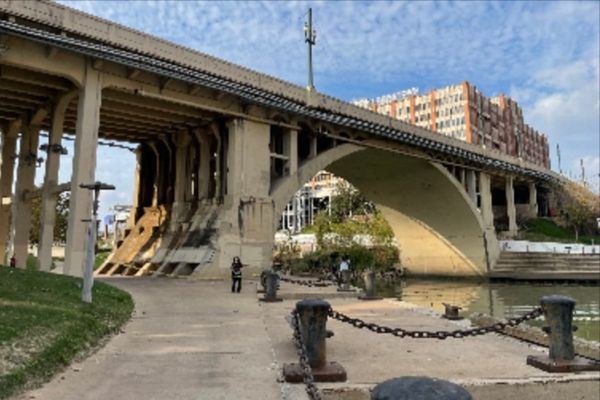
The Koh-i-noor diamond is a “symbol of conquest” that was acquired by Britain after its child owner was “compelled” to hand it over, a prominent new display at the Tower of London acknowledges, after visitors called for more “honest, transparent” information about the history of the crown jewels.
As part of an overhaul of the Jewel House, where the coronation regalia is kept, visitors will be told in detail for the first time about the complex history of the diamond, which passed through Moghul, Persian and Afghan hands before being acquired by Britain in circumstances which remain highly contentious.
The Koh-i-noor was presented to Queen Victoria in 1850 after the 10-year-old maharajah of Lahore, Duleep Singh, was forced to hand it over, after the annexation of Punjab by the East India Company.
The enormous stone has been claimed by Pakistan and Afghanistan and is particularly controversial in India, where calls for its return were renewed by the recent accession of King Charles. As a result, despite the Koh-i-noor traditionally being worn by the Queen Consort, Queen Camilla opted to wear a different crown at the coronation in an attempt to sidestep the controversy.
The new Jewel House exhibition, which opens on 26 May, acknowledges this “incredibly complex story” for the first time, said its curator ,Charles Farris, a public historian at Historic Royal Palaces. “We had some small labels before in the Treasury, and we also have some content on our website and in our guide books. But this is the first time we really unpack the story.”
New information boards, developed in consultation with British academics, call the Koh-i-noor a “symbol of conquest” and state that “the 1849 Treaty of Lahore compelled [Singh] to surrender it to Queen Victoria, along with control of the Punjab”. An accompanying audio-visual display highlights the jewel’s historic journey as it was claimed by “Mughal emperors, shahs of Iran, emirs of Afghanistan, and Sikh Maharajahs”.
Other new installations focus on the (even larger) Cullinan diamond, presented to King Edward VII by the Transvaal government in 1907, and on the English civil war history of the crown jewels, when most of them were melted down after the execution of King Charles I. (One gold coin on display, minted in the same year the former jewels were destroyed, may have been made using the medieval royal gold.)
The refreshed exhibition, which has been four years in the making, was the result of consultations with visitors and with local community groups in Tower Hamlets, who said they wanted to know more about how the objects were made and their history, says Farris.
“One of the things they said was they wanted more honest, transparent, open storytelling. And so that’s what we’ve really aimed to do here.”
Thanks to the sheer number of visitors passing through the information was necessarily abbreviated, he said, “but we aim to be as concise and open as possible”. More than 2 million people visited the Tower last year, making it the most popular paid-for heritage attraction in the UK.
The timing of the opening, in the same month as the first coronation in 70 years, is coincidental, but offered “an amazing opportunity to showcase the collection at a time when it’s been in the public eye as it hasn’t been for many, many years”, said Farris.
He added: “There’s a new context for lots of people, they recognise some of the objects from the coronation ceremony.”
Among them is the Sword of State, prominently carried by Penny Mordaunt at the coronation, which appears alongside other swords in a new display case. “That’s now one of the objects that people really ask us about,” said Farris.
Visitors often ask if the artefacts on display are the real crown jewels; in fact, while some of the coronation regalia was removed for adjustment weeks before the ceremony on 6 May, it was all back on display at the Tower of London by midday on the following day, he said.







